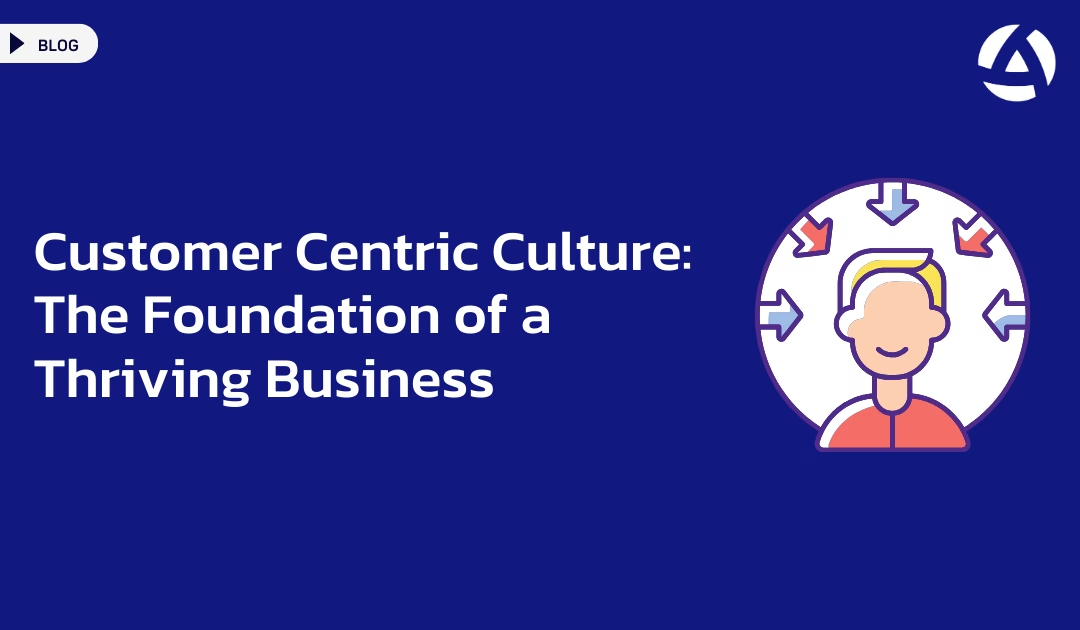Creating a customer centric culture means shaping every aspect of your business around the needs, preferences, and experiences of your customers. When companies prioritize customer satisfaction at every level, they build stronger relationships, increase retention, and drive long-term success.
Putting Customers at the Core of Your Business
A company that values a customer centric culture aligns its mission, processes, and employees toward delivering exceptional experiences. This mindset should be deeply embedded in leadership decisions, product development, and customer interactions.
- Encourage a mindset where customer satisfaction is a top priority for every team member.
- Regularly gather and analyze customer feedback to understand expectations and identify areas for improvement.
- Ensure leadership sets an example by making customer experience a key business focus.
Empowering Employees to Deliver Exceptional Service
Your employees play a critical role in maintaining a customer centric culture. By equipping them with the right tools, training, and autonomy, they can create more meaningful and impactful customer interactions.
- Provide ongoing customer experience training to all employees.
- Allow frontline teams the flexibility to resolve customer issues efficiently without excessive approval processes.
- Recognize and reward employees who demonstrate exceptional customer service.
Leveraging Data to Understand Customer Needs
Data-driven insights help businesses stay ahead by identifying trends and addressing potential pain points before they become major issues.
- Use customer surveys and feedback tools to gauge satisfaction and expectations.
- Analyze purchasing behavior, service interactions, and support tickets to tailor experiences.
- Implement AI-powered analytics to detect patterns and improve personalization efforts.

Creating Seamless Customer Journeys
Customers interact with businesses through multiple touchpoints, from browsing products online to post-purchase support. Ensuring a smooth, seamless journey across all channels enhances satisfaction and loyalty.
- Optimize website navigation and mobile experience to simplify user interactions.
- Provide omnichannel support, including email, chat, phone, and social media.
- Personalize recommendations and communications based on past interactions.
Encouraging Customer Feedback and Continuous Improvement
A company that actively seeks and acts on customer feedback builds trust and loyalty. Showing customers that their opinions matter helps foster long-term engagement.
- Make it easy for customers to provide feedback through surveys and direct communication channels.
- Address complaints quickly and transparently to demonstrate commitment to customer satisfaction.
- Regularly refine products and services based on customer insights.
Building Long-Term Customer Relationships
Sustainable success comes from nurturing long-term relationships rather than focusing solely on short-term transactions. Loyal customers not only return but also become brand advocates.
- Implement loyalty programs that reward repeat business and referrals.
- Engage customers with personalized content and exclusive offers.
- Maintain open lines of communication to show appreciation and keep customers informed.
Measuring Success and Adapting Strategies
A customer centric culture is an ongoing commitment that requires regular evaluation and adaptation. Measuring key performance indicators (KPIs) ensures that your strategies align with customer expectations.
- Track Net Promoter Score (NPS) to measure customer loyalty.
- Monitor Customer Satisfaction Score (CSAT) to assess service quality.
- Track Observational Customer Experience Score (oCX) to gauge the quality of customer experience.
- Analyze retention rates and churn trends to refine engagement strategies.
Frequently Asked Questions
What are the key elements of a customer centric culture?
A customer centric culture involves prioritizing customer needs in decision-making, empowering employees, leveraging data for insights, ensuring seamless experiences, and continuously improving based on feedback.
How can a business shift toward a customer centric approach?
Businesses can start by fostering a customer-first mindset, investing in employee training, utilizing data analytics, improving customer support, and regularly measuring customer satisfaction.



